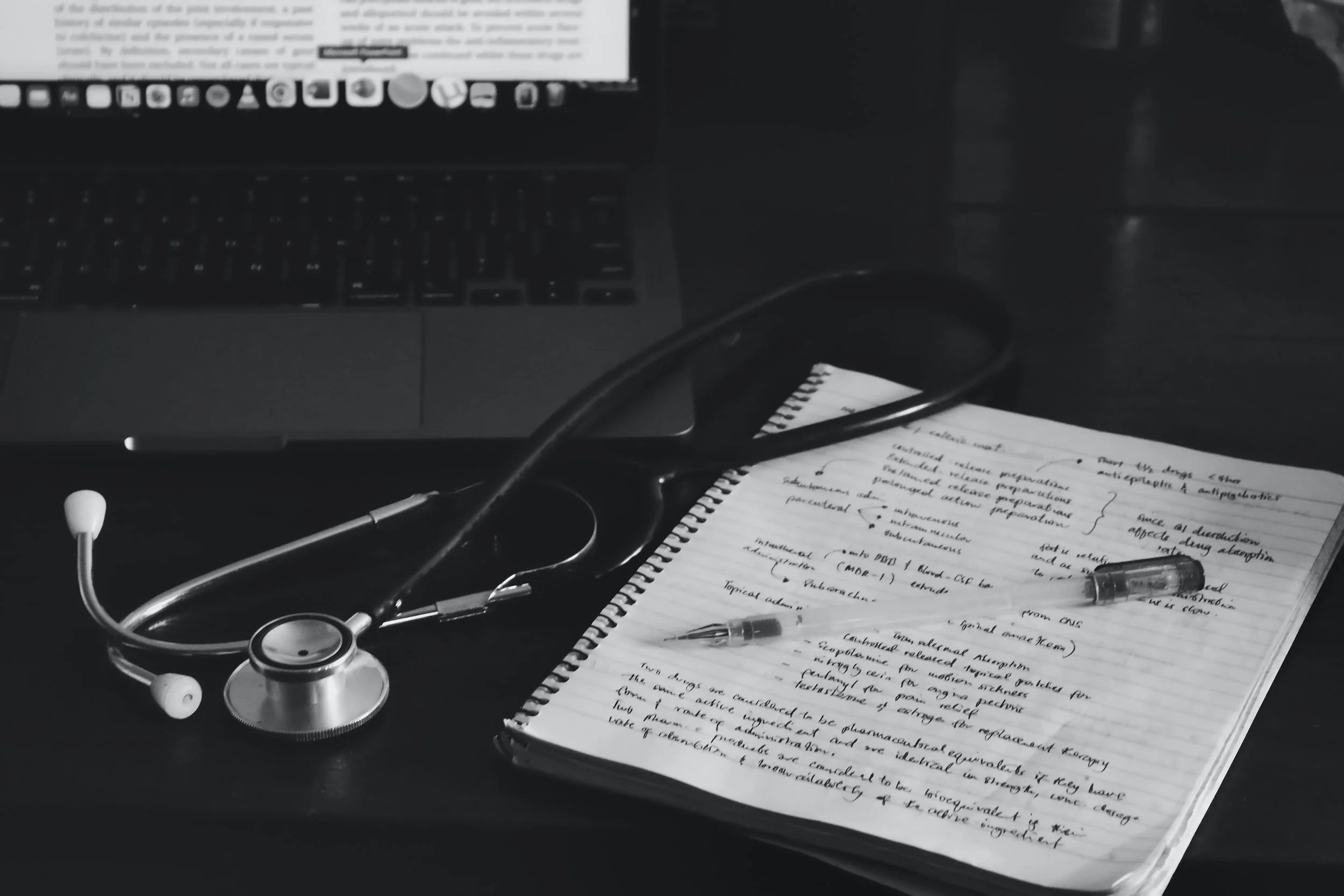How Do We Change?: A Book Review on Real Change
I appeal to you therefore, brothers, by the mercies of God, to present your bodies as a living sacrifice, holy and acceptable to God, which is your spiritual worship. Do not be conformed to this world, but be transformed by the renewal of your mind, that by testing you may discern what is the will of God, what is good and acceptable and perfect.—Romans 12:1-2
As believers, we have probably heard the call of Romans 12:1-2 many times. We know that because God has mercifully saved us, we are to offer our lives to Him. We know that we should increasingly become less like the world and more like Christ.
But how does that happen?
We’ve made heartfelt commitments to follow Jesus. We’ve tried spiritual disciplines and practices. We’ve tried white-knuckling it through with our will power.
But still, things don’t change. And we get discouraged or beat ourselves up or sometimes just surrender to the old life.
This is exactly what our enemy would want us to do. And whenever we start believing him instead of believing God’s promise, we will simply follow the path of least resistance. We stop being salt and light. We lose our influence and testimony.
This is where I have found Andrew Nicholls and Helen Thorne’s Bible study, Real Change, so pivotal. In this six-week Bible study, we are presented with a pathway to that change we long for. I have used it in my personal life as well as shared it in small groups and my personal counseling ministry.
Highlights
Focus on real life issues
Right from the start, the study challenges each participant to identify a real personal area of struggle or a circumstance or relationship that needs work or help. The more specific you can make it, the better. So instead of dealing with fear (way too broad), I’d recommend you focus on something like fear when I meet new people or fear of failure or even a specific fear you are facing right now.
Focus on the power of the Gospel for true change
Instead of relying on yourself to change, the study focuses on the power of the Gospel to move us from our old vicious cycles to the gracious cycles of Christ-like living. With the real life issue you surfaced in mind, each chapter of the study will guide you to understand the inner workings of your heart beneath the surface.
Everything we do is a reflection of the state of our heart (Luke 6:43-45). This, I believe is the key to seeing change happen. Otherwise, everything else is just external—and why most of our attempts to change don’t work.
We know that the gospel cleanses us from sin, but it is also the gospel that gives hope in our sufferings. It teaches us to interpret the pains and weaknesses of life in a new light. And it is what empowers us to live differently.
For this reason, Lesson 4 in this study on the cross has been pivotal. The week we get to talk about the gospel is one of my favorites, as I have seen the light go on in so many eyes, including my own.
Helpful questions
Instead of telling us what we ought to do, questions help tailor our experience to our own needs. This book is full of them!
The questions on page 19 help you to start recognizing the patterns you struggle with. The list on page 22 helps identify alternate tracks we take instead of trusting Christ. The questions on page 25 help you to start digging up the false beliefs, idolatry, and rebellion that power these patterns.
For me, learning to ask myself these questions was a major “light bulb” moment, like cracking a code. Once I began to see the old and unhelpful ways of thinking behind my ungodly behaviors, I began to see them everywhere.
Because we all have developed our own godless and sinful ways of dealing with the pain in this world, knowing this will help us catch ourselves sooner the next time it rolls around (and it will!). And that insight is what will help us move on to change.
Weakness
One area, however, that I have struggled with in this book is working out how to change to more godly behaviors. It’s one thing to know your unhelpful patterns, but as believers, we don’t want to stop there. We need to “put on” as well as “put off” (Eph. 4:22-24).
Change involves not just knowing what not to do. It’s not all just about avoiding sins but pursuing godliness. We need to look at how we might be able to live out the issue we surfaced in the first lesson can be an avenue towards godliness.
Final Thoughts
I highly recommend that before you use this study with others, take the time to use it for your own heart first. Let the Lord walk you through this process in an area you are struggling with.
As we do, I have found that it not only benefits me, but it helps me to help others. Because change is not easy, going through it in my own life first helps grow a patience and compassion for our fellow strugglers.
Each session will require some thought, so I’d plan at least 1-1.5 hours for a thoughtful and personal reflection on the material each week. In a small group setting, I assigned one chapter per week. In some cases, we even spent two weeks to really dig deep.
Again, the key is not merely going through the material but to keep the issue of personal change before you. Don’t try to change everything about your life. Sanctification is a lifelong process. It certainly won’t happen in six weeks!
But at the same time, don’t be general either. Start with one specific area and apply the lessons to this issue. When you start to see some traction here, begin all over again with another area or situation.
As we do so, we begin to see cumulative change. Old patterns are challenged. New habits are created. An alternate path is forged as we address the underlying issues in our hearts.
I highly recommend Real Change as a wonderful tool as we grow in our sanctification. Through it, God has renewed minds and hearts, leading us to the transformation we seek.


